=======================================================================================
The wall was involved in a series of wars first against the Hephthalites or White Huns and later against the Turks.
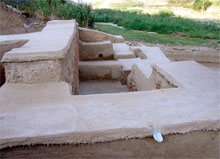
One of the views of the engineering works of the Gorgan Wall Courtesy of Yataahoo Website). . Iranian engineering skills were on par with those of Rome, China and India. Many of the structures of the Gorgan Wall have stood the test of time.
Most parts of the gigantic monument are still hidden underneath the surface though some segments have so far been unearthed and even restored to former glory.
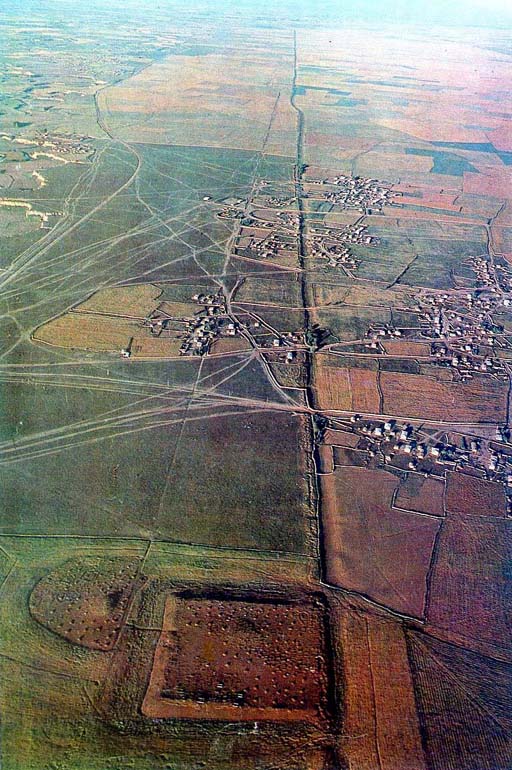
An aerial view of a portion of the wall of Gorgan (Source: Iran Review Website). The Savaran (Elite Sassanian Cavalry) units were housed in a system of fortresses that guarded nearly 200 kilometers of ancient Iran’s northeastern frontiers.
Iran’s Ministry of Cultural Heritage, Tourism and Handicrafts along with cultural heritage experts are making efforts to put the landmark monument on UNESCO World Heritage list in the years to come.
The wall is lined by 38 forts. It is the longest fort-lined ancient barrier between Central Europe and China, longer than Hadrian’s Wall and the Antonine Wall put together, according to UNESCO.
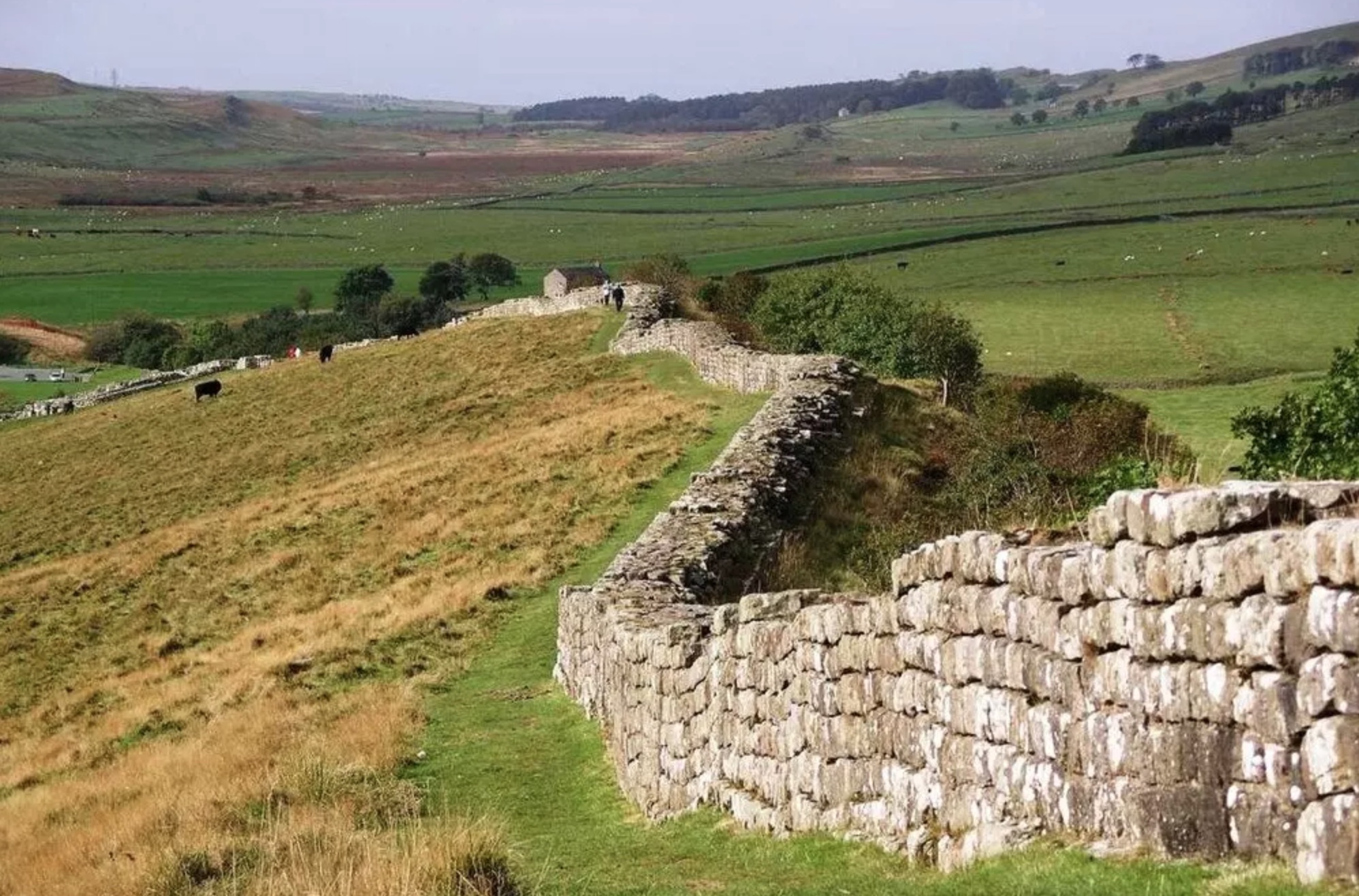
Stretched for almost 200 kilometers along northern Iran, the ancient Great Wall of Gorgan was constructed from 420s CE to 530s as a northern frontier of the then mighty Persian Empire, which was then ruled under the Sassanians (Source: Tehran Times).
The gigantic barrier is also more than three times the length of the longest late Roman defensive wall built from scratch, the Anastasian Wall west of Constantinople. The combined area of the forts on the Gorgan Wall exceeds that of those on Hadrian’s Wall about threefold.
UNESCO adds that the Gorgan Wall is remarkable not only in terms of its physical scale, but even more so in terms of its technical sophistication. In order to enable construction works, canals had to be dug along the course of the defensive barrier, to provide the water needed for brick production. These canals received their water from supplier canals, which bridged the Gorgan River via qanats. One of these, the Sadd-e Garkaz, survives to 700 m length and 20 m height, but was originally almost one kilometer long.
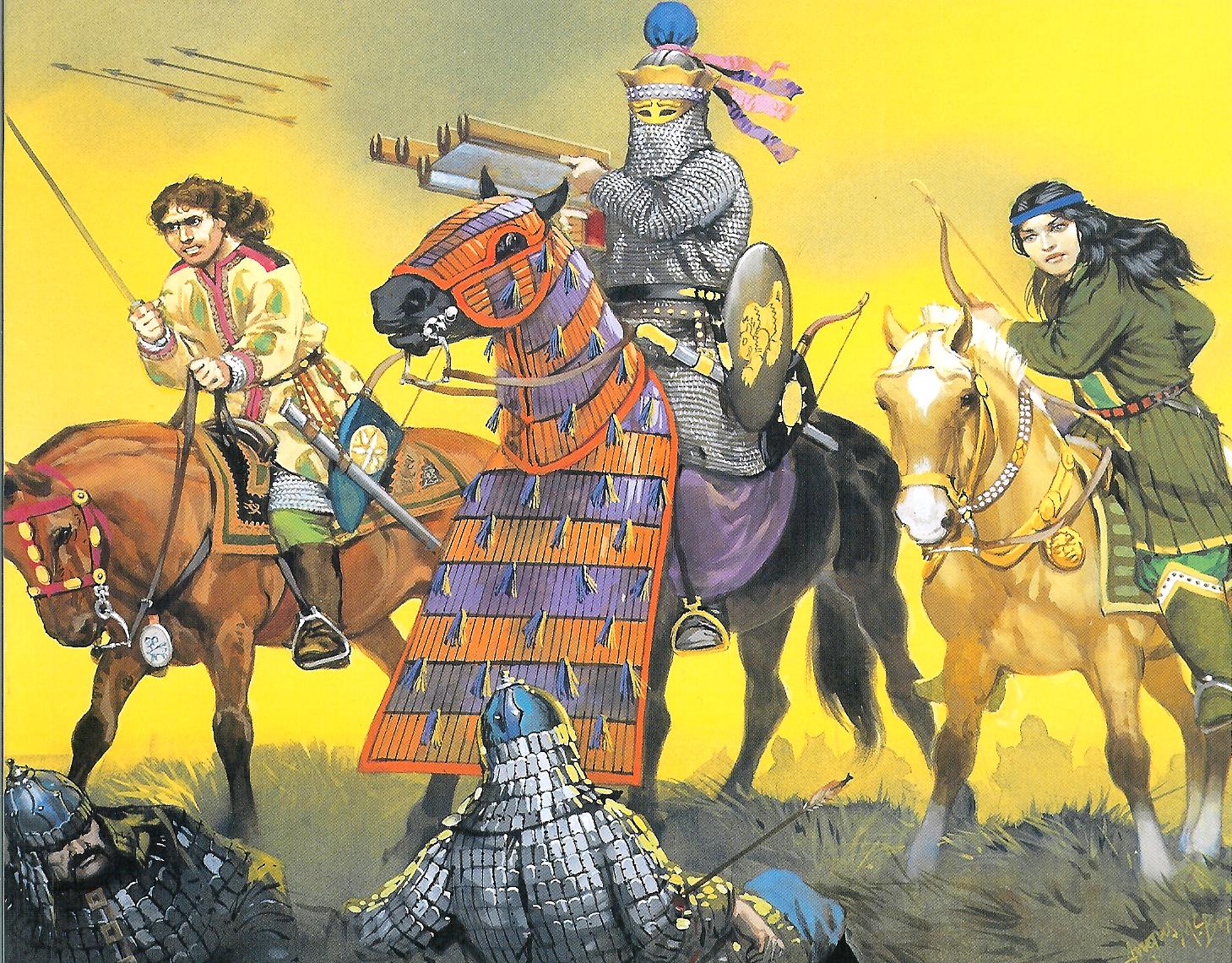
The Sassanian Savaran counterattacking against invading Hun-Hephthalites in northeast Persia. The Sassanian Military High Command often channeled invading forces into “kill zones” and destroyed them by deploying Savaran units from castles along the Gorgan wall and other areas further east. The figure to the left is a Kushan warrior wielding the large east-Iranian straight two-edged swords. The central warrior (with armor and mail) is derived from the figure of Khosrow II and his steed Sabdiz at Tagh-e-Bostan in Kermanshah, western Iran. The right figure is a female warrior who is a local governess (Paygospanan-Banu). (Farrokh, 2005, pp.41-42, 53-54, Plate C).
The Gorgan Wall and its associated ancient military monuments provide a unique testimony to the engineering skills and military organization of the Sassanian Empire. They help to explain its geographic extent, from Mesopotamia to the west of the Indian Subcontinent, and how effective border defense contributed to the Empire’s prosperity in the interior and to its longevity. These monuments are, in terms of their scale, historical importance and sophistication, of global significance.
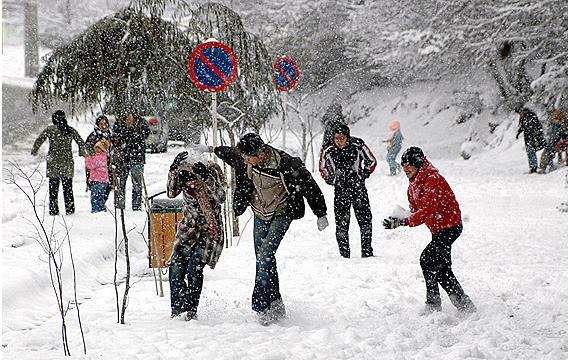
Locals in modern Gorgan amuse themselves in the snow (Photo by Ebrahim Asghari).



